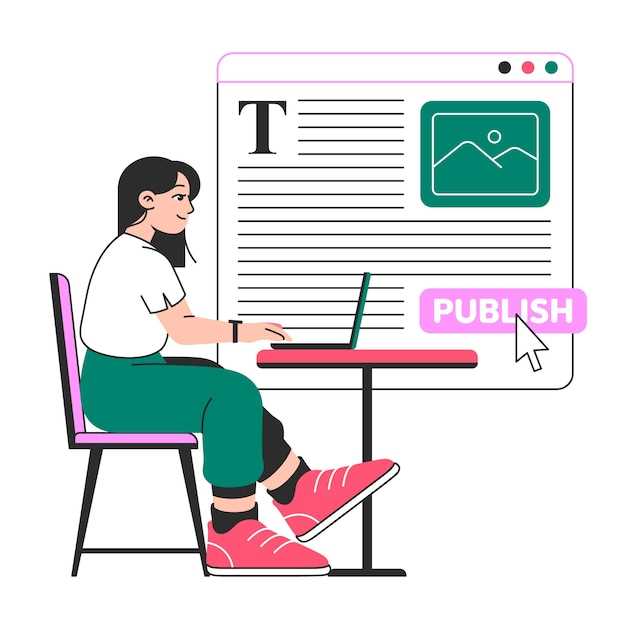
Begin your essay with a single, focused sentence that directly addresses the topic. For example, if you’re writing about climate change, start with: “Global temperatures have risen by 1.1°C since the pre-industrial era.” This grabs attention and sets the tone.
Use topic sentences to guide each paragraph. Every paragraph should start with a clear statement that reflects its main idea. For instance, “The impact of deforestation extends beyond biodiversity loss” immediately tells the reader what to expect.
Break your essay into three main sections: introduction, body, and conclusion. In the body, include at least three supporting points, each backed by evidence. If you’re discussing renewable energy, one paragraph could focus on solar power, another on wind energy, and the third on hydroelectric power.
Keep your sentences concise and varied. Avoid using more than 20 words in a single sentence. For example, instead of writing, “The benefits of exercise, which include improved cardiovascular health, increased energy levels, and better mental health, are well-documented,” try: “Exercise boosts heart health, energy, and mental well-being.”
Always proofread your work. Read your essay aloud to catch awkward phrasing or errors. Tools like Grammarly can help, but don’t rely on them entirely–manual review ensures precision.
How to Craft a Strong Thesis Statement

Focus on one main idea that clearly states your argument or position. Avoid vague language and ensure your thesis is specific enough to guide your essay’s direction. For example, instead of saying, “Social media affects society,” write, “Social media platforms amplify political polarization by prioritizing divisive content.”
Make your thesis debatable. A strong statement invites discussion and analysis rather than stating a fact. For instance, “Climate change is real” is a fact, but “Government policies must prioritize renewable energy to combat climate change” presents a clear argument.
Keep it concise. A thesis should be one or two sentences long, directly communicating your point without unnecessary details. This clarity helps readers understand your focus immediately.
Place your thesis at the end of your introduction. This positioning provides context and sets up the rest of your essay. It also ensures readers know what to expect as they continue.
Revise your thesis as you write. Your initial idea might evolve as you develop your essay. Adjust it to reflect the content and ensure it remains aligned with your arguments.
Use strong, precise language. Words like “must,” “should,” or “because” add authority and clarity to your statement. For example, “Schools should implement later start times to improve student performance” is more impactful than a softer phrasing.
Test your thesis by asking if it answers the “so what?” question. A strong statement explains why your argument matters. If it doesn’t, refine it to highlight its significance.
Organizing Ideas with Clear Paragraph Structure

Begin each paragraph with a topic sentence that directly states the main idea. This helps readers quickly understand the focus and keeps your writing concise. For example, if discussing essay structure, start with: “A well-organized essay flows logically from one point to the next.”
Use supporting sentences to provide evidence, examples, or explanations. Stick to one idea per paragraph to avoid confusion. If you’re explaining the importance of transitions, include a specific example like: “Transition words such as ‘however’ or ‘in addition’ guide readers through your argument smoothly.”
End each paragraph with a concluding sentence that reinforces the main point or links to the next idea. For instance: “By maintaining this structure, your essay becomes easier to follow and more persuasive.”
Group related ideas into sections with clear headings. This breaks up the text and makes it more accessible. For example, separate tips for introductions, body paragraphs, and conclusions into distinct sections.
Revise your paragraphs to ensure they flow logically. Read your work aloud to check for clarity and coherence. If a sentence feels out of place, move it to a more relevant paragraph or rephrase it for better alignment.
Using Transitions to Improve Flow
Place transition words like “however,” “therefore,” and “in addition” between sentences to connect ideas logically. For example, use “however” to introduce a contrasting point and “therefore” to show cause and effect. This keeps your reader engaged and prevents abrupt shifts in thought.
Repeat key phrases or concepts from the previous sentence to create a natural progression. If you discuss the benefits of a method, follow up with a sentence that builds on those benefits using similar wording. This reinforces your message and maintains coherence.
Vary the length and structure of your sentences to avoid monotony. Combine short, direct sentences with longer, more detailed ones to create rhythm. For instance, after a concise statement, expand on it with an example or explanation.
Use transitional phrases like “for instance,” “as a result,” or “on the other hand” to guide your reader through your argument. These phrases act as signposts, making it easier to follow your line of reasoning without confusion.
End paragraphs with a sentence that hints at the next idea. If you’re discussing a problem, conclude with a sentence that introduces the solution. This creates anticipation and ensures a smooth transition to the next section.
Editing Techniques for Precision and Clarity
Read your essay aloud to catch awkward phrasing or unclear sentences. Hearing the words helps identify areas where the flow feels unnatural or confusing.
- Remove redundant words or phrases. For example, replace “in order to” with “to” or “due to the fact that” with “because.”
- Break long sentences into shorter ones. Aim for 15-20 words per sentence to maintain readability.
- Use active voice instead of passive. For instance, change “The report was written by John” to “John wrote the report.”
Check for consistency in tone and style. Ensure all sections align with the essay’s purpose and audience. For academic writing, avoid informal language; for creative pieces, maintain a conversational tone.
- Review transitions between paragraphs. Use words like “however,” “therefore,” or “in addition” to guide readers smoothly.
- Verify facts, statistics, and references. Double-check sources to ensure accuracy and credibility.
- Proofread for grammar, spelling, and punctuation errors. Tools like Grammarly can help, but manual review is irreplaceable.
Ask a peer or mentor to review your work. Fresh eyes often spot issues you might overlook. Incorporate their feedback to refine your essay further.